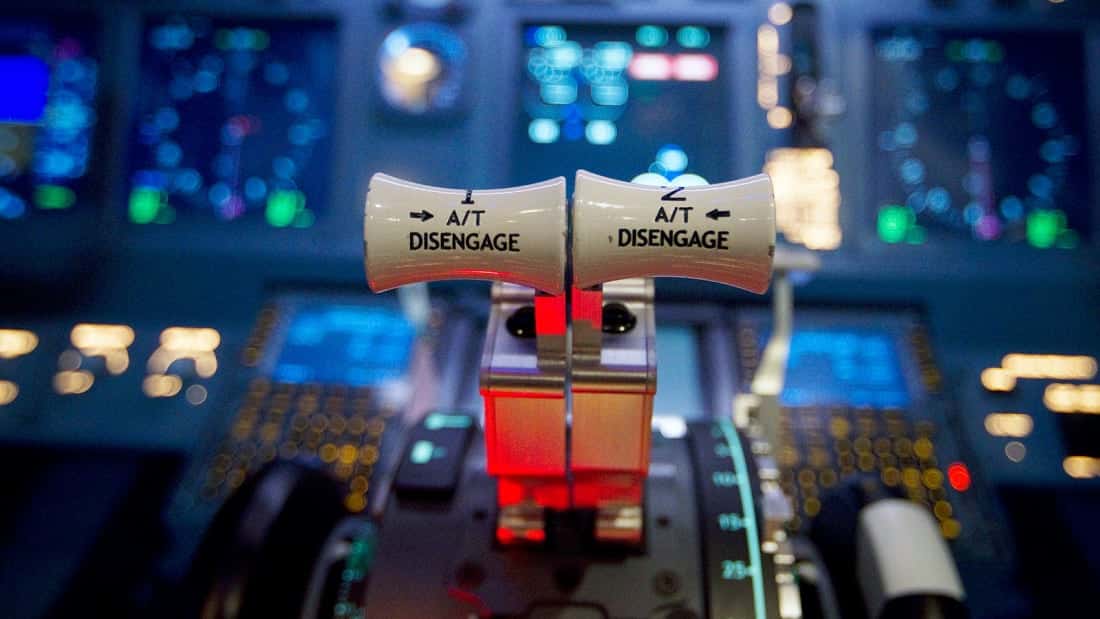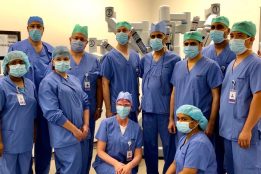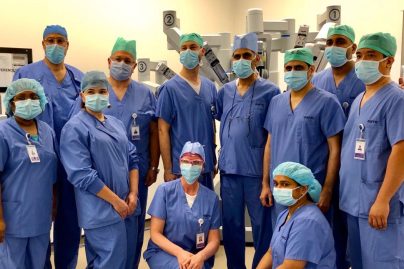One pilot to fly passenger planes in the future
Fri 14 Jan 2022
If you were on a passenger plane in 1950 and took a peek into the cockpit, there would be five people there: two pilots, a radio operator, a navigator and a flight engineer.
As time passed with technical advances in navigation as well as radio communications, navigation systems and onboard monitoring equipment eventually made it possible to safely fly a passenger plane with only two pilots.
It has been the norm in commercial aviation for over 30 years, however, things could streamline further, and one of the two remaining pilots — technically the first officer — could soon go, leaving behind just the captain. Several smaller and military aircraft are already manned by a single pilot, but for commercial aviation, this would mean venturing into a brave new world.
“The transition from a two-pilot cockpit to a single-pilot cockpit will be significantly more challenging than the transitions from a five-person cockpit to a two-person cockpit,” said a 2014 study on single-pilot operations by NASA, which has done research on the subject for well over a decade.
According to the same study, a properly implemented switch could “provide operating cost savings while maintaining a level of safety no less than conventional two-pilot commercial operations.”
But how do you safely get rid of one pilot? One way is to greatly increase automation in the cockpit, devoting more tasks to computers. Another is to offload the same tasks from the cockpit to the ground, with the remaining pilot working as a member of a “distributed crew.”
The latter approach seems more feasible, at least in the short term, because much of what is required to implement it already exists.
“Technologically you could argue that in a lot of cases we’re already there,” said Patrick Smith, an airline pilot flying Boeing 767 aircraft and the author of the popular book and blog “Ask the Pilot.”
“But by doing that,” he continued, “you eliminate certain redundancies and I have a hard time with that because I fly aeroplanes for a living and even with two pilots in the cockpit things can become extremely busy — to the point of task saturation for both of them.”
In one scenario, proposed by NASA, the remaining pilot in the cockpit would be supported by a “super dispatcher” on the ground, a trained pilot that could oversee a number of flights at once and even fully control the plane remotely if needed, for example, if the cockpit pilot becomes incapacitated.
Another option is the “harbour pilot,” also a trained pilot specializing in a specific airport, who could offer assistance with multiple planes arriving and departing from that airport.
NASA has conducted tests for these setups by placing pilots from real crews in separate rooms, before presenting them with difficult flight conditions on a Boeing 737 simulator.
All pilots were able to land their planes safely, but the study showed “significant increases in workload” compared to regular two-crew operations, resulting in “subjective assessments of safety and performance being significantly degraded.” Missing the visual cues from the other pilot sometimes resulted in confusion or uncertainty about which tasks had been completed or not.
Having only one pilot on board would save airlines money, but only if the new ground operators and advanced automation doesn’t end up costing more, NASA says. Additional minor savings could come from smaller or lighter cockpits in future aircraft.
There’s also another way to implement single-pilot operations, but only on long-haul flights, which currently require a third pilot that takes over when one of the other two is resting.
In this scenario, the third pilot would be removed and the two remaining ones would operate normally during takeoff and landing, but take alternating breaks during the cruise portion of the flight.
“In that case, you’re going from two pilots to one pilot in certain regimes of flight. But in the other regimes of flight and when necessary, there would always still be at least two pilots there. I’m open to that conversation — I’m a lot more amenable to that conversation than the idea of removing a pilot entirely,” said Smith.
Airbus and Cathay Pacific are already testing this on the A350, “We are engaged in studies on operational patterns for flight crew on long-range flights. These studies are ongoing and based on a minimum of two operating crews per flight. They are being undertaken in conjunction with the regulatory authorities and airline partners,” an Airbus spokesperson said. The goal is to certify the A350 for this kind of operation over the next few years.
Cathay Pacific also confirmed its involvement as “one of a number of airlines engaging with Airbus,” a spokesperson said, and that “this is a long-term commitment to a project that is still very much in its conceptual stage.”
They added that, even if the concept is approved and introduced in the future, “all of the aircraft in [Cathay Pacific’s] existing fleet are certified to operate with a minimum of two pilots on board and that there is no plan to reduce that number.”
Source: Agencies

 Apr 26 2024
Apr 26 2024













